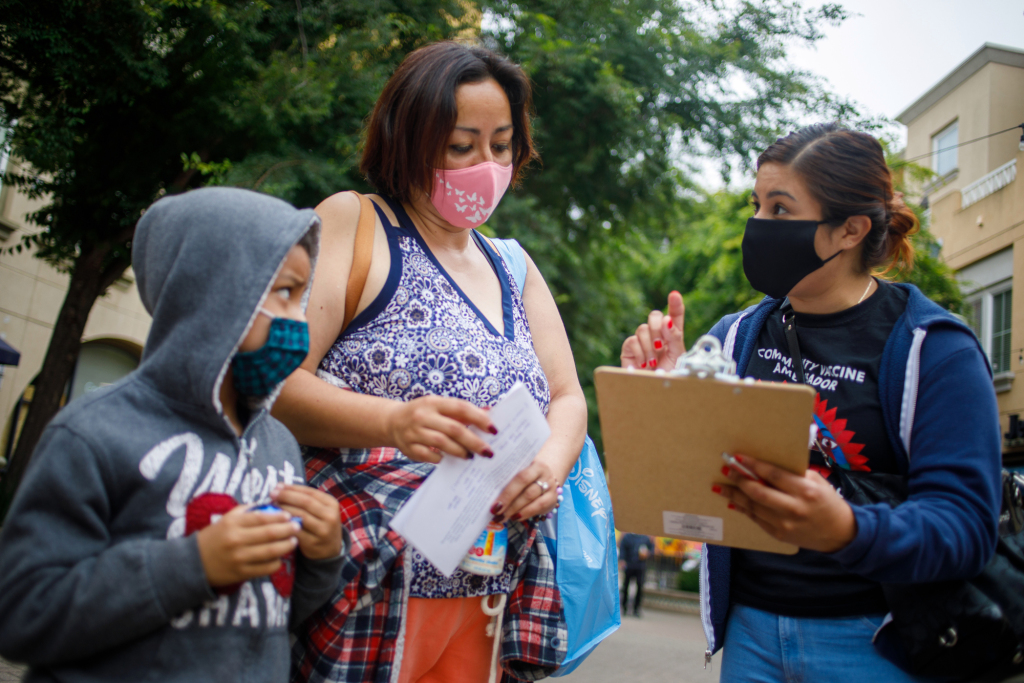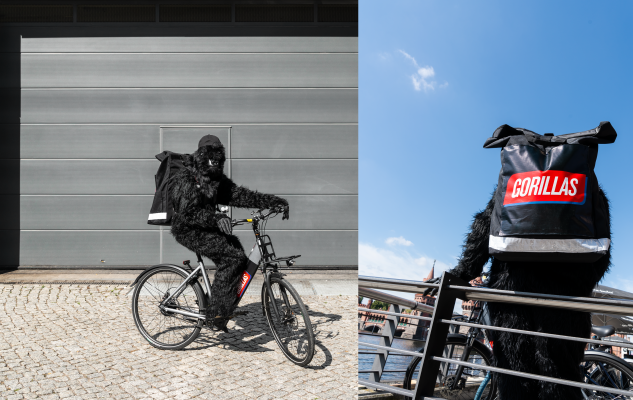Long known for its diversity, the Bay Area’s growth is being fueled by dramatic increases in its Latino and Asian American populations as the share of White residents declines, new data released Thursday by the Census Bureau shows.
That’s a trend now being mirrored across the country, where the population of White residents shrank over the past decade for the first time while the number of Asian and Latino Americans rose.
Nationwide, although the share of the White population fell to 57.8% in 2020, the lowest on record, White people continue to be the most prevalent racial or ethnic group. In California, however, the majority of people are Latino, making up 39.4 percent of the state’s population, up from 37.6 percent in 2010 while Asians comprise 15.1 percent. That’s the second highest share in the U.S. behind Hawaii.
Latinos and Hispanics now make up the largest population segment in the state — 39.4% of its residents, up from 37.6% in 2010 — and Asians encompass 15.1%, the second-highest share in any state behind Hawaii.
Nationally, the 7.4% increase in population over the past decade was the smallest since the Great Depression, according to the Census Bureau. And people who identified as more than one race more than tripled, representing 10% of the U.S. population.
The continued increase of California’s Hispanic and Asian population isn’t surprising, experts say.
“This was something that has been predicted for a long time,” said Chava Bustamante, executive director of the organization Latinos United for New America (LUNA). “But I think now our challenge is making sure that our diverse community members are participating in our democracy because that’s the only way we’ll be able to achieve lasting change.”
Every county in the Bay Area saw its population grow, according to the census, and it remains home to one of the nation’s most populous cities — San Jose. The percentage of White residents fell in Alameda, Contra Costa, Marin, San Francisco, San Mateo and Santa Clara counties while the share of Latino residents grew in all but Santa Clara and San Mateo counties. Marin County saw the largest increase in its Latino population among Bay Area counties, jumping from more than three points to 18.8% in the past decade, while Santa Clara County saw a slight decline from 26.9% to 25.5%.
The share of Black residents fell in Alameda, Contra Costa, Marin, San Francisco, San Mateo and Santa Clara counties. But the biggest drop was in Alameda County, where the Black population fell from 12.6% to 9.8%.
White residents still make up the largest share of the population in Contra Costa, San Mateo, San Francisco and Marin counties, while Santa Clara and Alameda counties are two of the only areas in the nation outside of Hawaii where Asian Americans now make up the biggest percentage of the population.
Santa Clara County saw the biggest jump in its Asian population, which rose from 31.7% in 2010 to 39% last year followed by Alameda County and San Mateo County.
You-Tien Hsing, a geography professor at UC-Berkeley, attributes the growth of the Bay Area’s Asian population to the region’s strong education systems and high concentration of technology jobs. Hsing hopes residents take this new data into account in future elections and choose candidates who truly reflect the diversity of their communities.
“It’ll make the whole community better if there is a more diverse spectrum of viewpoints weighing in,” Hsing said. “Because if not, the great multicultural diversity in this region is really just superficial.”
Overall, Alameda and Contra Costa counties saw the biggest population gains over the past decade, each growing by about 11% — a potential sign that more people moving farther away from the high cost of living in San Francisco and San Jose to find more affordable pockets of the Bay Area.
The new data paints a detailed once-in-a-decade picture of the racial and ethnic composition of the country and how communities have changed since 2010. In April, initial Census results revealed that for the first time in state history, California would lose a congressional seat because of its slowing population growth.
“Our analysis of the 2020 Census results show that the U.S. population is much more multiracial, and more racially and ethnically diverse than what we measured in the past,” said Nicholas Jones, director of race and ethnicity outreach for the Bureau’s population division.
States, as well as cities and counties, will use this data to redraw congressional and local district lines — a process that occurs once every decade to reflect shifts in the population. The data is also used to determine how hundreds of billions of dollars in federal funding will be distributed to states and communities.
But this year’s census was unlike any other. The data released Thursday was originally supposed to come out at the end of March, but the deadline was pushed back because of issues created by the COVID-19 pandemic. Many feared that the pandemic, coupled with President Donald Trump’s attempt to include a citizenship question, could lead to an undercount of the country’s Black and Latino communities.
Bustamante, whose organization spent hours canvassing hard-to-reach communities in East San Jose, said he believes many residents were afraid officers would show up on their doorsteps to deport them if they filled out the Census, but the group worked hard to overcome that obstacle.
“For us, this means having access to resources that these communities are desperately lacking,” he said. “So we made an all-out effort … and even if we were only up 2-3% from responses last time, that’s progress.”
Ron Jarmin, the Census Bureau’s acting director, said Thursday it is too early to tell if the 2020 census miscounted any groups of people, but he is confident it was performed with integrity.
“While no census is perfect, we are confident that today’s redistricting results will meet our high data quality standard,” he said.
Wire services contributed to this report.










